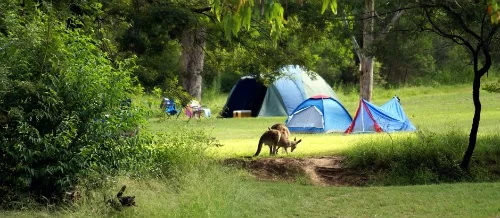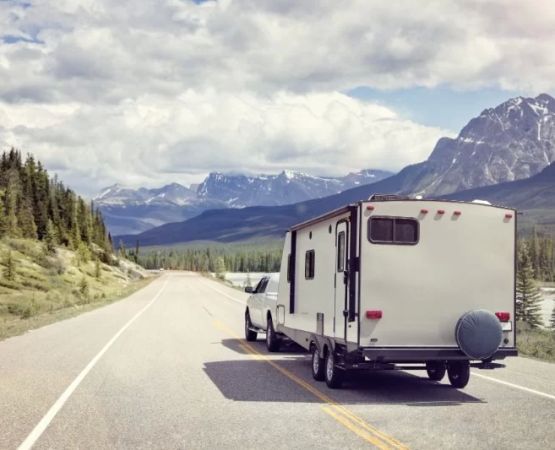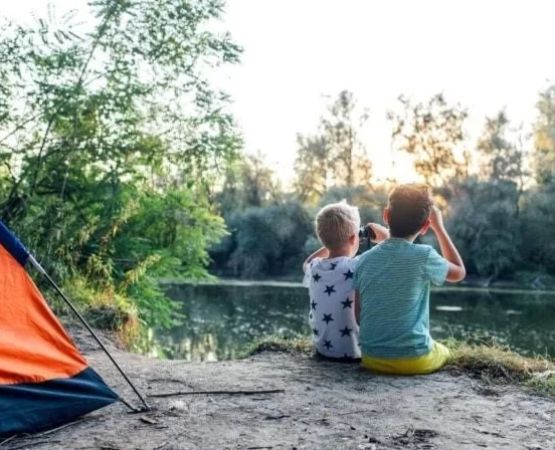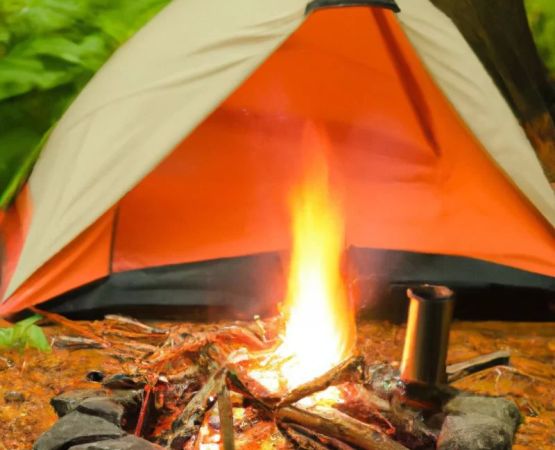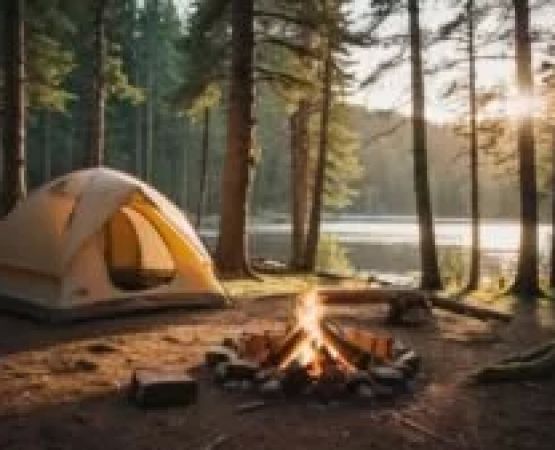Teaching Kids About Wildlife While Camping: Fun and Educational Ways to Explore Nature
Camping is one of the most exciting and rewarding activities for families, especially when you're looking to connect with nature and teach kids valuable life lessons. As parents, one of the most enriching experiences we can share with our children is helping them discover the beauty of the natural world. Teaching kids about wildlife while camping is not only fun, but it also opens up a wealth of educational opportunities that foster curiosity, empathy, and environmental stewardship. In this article, I'll share some exciting ways to make your next camping trip an educational adventure for your children, filled with wildlife exploration and learning.
1. Introduce Kids to the Basics of Wildlife Observation
Before setting off on your camping trip, take the time to talk to your kids about the kinds of animals they might encounter in the wild. Explain the basics of wildlife observation, such as maintaining a safe distance from animals and using binoculars for a closer look without disturbing them. The first thing we did on our last camping trip was make a checklist of animals we wanted to spot. It turned into a fun, competitive game, where the kids checked off each animal they saw, from birds and squirrels to more elusive creatures like deer and foxes. By making it a game, kids become more engaged and motivated to pay attention to their surroundings.
On one memorable trip, my daughter spotted a red fox at the edge of the forest, and we all quietly gathered to watch it from a distance. It was a perfect opportunity to discuss the fox's behavior, diet, and role in the ecosystem. Using a wildlife guidebook or a nature app can be a helpful resource to identify species in real-time, making the experience even more educational.
2. Turn Your Campground Into a Wildlife Habitat
Many campgrounds are located in areas teeming with wildlife. One way to immerse your kids in nature is to help them understand how animals use their environment. We turned our campsite into a mini wildlife habitat by encouraging our kids to observe the trees, plants, and streams around us. This led to an exciting discussion about how various species depend on the resources available in their habitats. For example, we talked about how birds use trees for nesting and how squirrels rely on acorns for food storage. It was fascinating to see the kids start to understand how each element of nature plays a role in sustaining wildlife.
3. Organize Nature Walks and Wildlife Spotting Activities
One of the best ways to introduce kids to wildlife is through guided nature walks. Whether you're in a forest, by a lake, or in a meadow, nature walks provide an up-close look at plants, animals, and insects. On our last trip, we joined a local ranger for a guided hike through the woods. The ranger was fantastic at explaining the various species we encountered along the way, from the tiniest insects to larger animals. Kids were thrilled to see deer tracks, listen to bird calls, and spot frogs along the trail. It’s important to encourage questions and give them space to make their own observations.
Additionally, consider incorporating a wildlife spotting activity into your walk. Equip your kids with a wildlife checklist or field journal where they can record the animals they see, hear, or find evidence of. You can even create a scavenger hunt that encourages kids to look for different types of animal tracks, nests, or signs of animal activity. This interactive experience not only enhances their observation skills but also deepens their connection with nature.
4. Teach Kids About Animal Tracks and Signs
Learning about animal tracks and signs is a great way for kids to understand the wildlife in their surroundings without directly encountering them. Bring along a field guide to animal tracks, or simply use your smartphone to look up different types of tracks and scat as you find them. The moment we stumbled upon a set of fresh deer tracks on our hike was one of the highlights of the trip. My son immediately began speculating where the deer might have gone and what it was doing in the area.
It's essential to encourage kids to think critically about the environment. Ask them to imagine what the animal's behavior might have been based on the tracks or signs you find. It’s a fantastic opportunity to introduce the concepts of animal behavior, survival instincts, and ecosystems. Kids also develop a greater appreciation for the hidden life of wildlife, learning that animals are all around them, even if they can’t always be seen.
5. Campfire Storytelling: Sharing Wildlife Stories
One of the best parts of camping is sitting around the campfire and sharing stories. This is a perfect opportunity to weave in stories about the wildlife in the area, as well as your own personal experiences with animals in the wild. I remember one evening when we shared a story about an encounter with a family of otters by a nearby river. The kids were so excited to learn about how otters play in the water and work together to catch food. The storytelling made the experience more vivid and memorable for them.
Encourage your kids to create their own wildlife stories, too. Whether it’s about a brave animal saving the forest or a mischievous raccoon causing trouble at the campsite, storytelling fosters creativity and helps kids connect emotionally with the animals they’re learning about. It’s also a great way to discuss the importance of protecting wildlife and the environment.
6. Respecting Wildlife and Conservation Education
As much as exploring and learning about wildlife is important, it's equally crucial to teach kids how to respect wildlife and the environment. Explain to them the importance of Leave No Trace principles, such as keeping a safe distance from animals and not disturbing their habitats. On one camping trip, we saw a group of campers feeding wild animals, which is something we always warn our kids against. Feeding animals can harm their natural behaviors and disrupt their diet, which is why it’s important to observe wildlife responsibly.
We also talked about conservation efforts and the importance of protecting endangered species. For example, we discussed how many animals depend on specific habitats, and how habitat destruction can threaten their survival. Our kids became quite passionate about protecting the environment after learning about the delicate balance of nature.
7. Incorporate Wildlife Art and Crafts
After a day of wildlife exploration, why not let the kids express their creativity through art? Providing them with materials to draw or craft animals they’ve observed can help them retain what they’ve learned. My daughter, for example, drew a beautiful picture of the red fox we saw earlier, while my son created a fun sculpture of a deer using sticks and leaves. These activities serve as both a creative outlet and a way to reinforce the lessons learned during the day. You can even make a wildlife scrapbook by collecting leaves, twigs, or feathers and discussing the animals associated with them.
Wildlife crafts and art can also be a great way to wind down at the end of a busy day of learning and exploration, allowing kids to reflect on their experiences and continue their engagement with nature in a fun, hands-on way.
Camping offers endless opportunities for teaching kids about wildlife and nature. Whether you're observing animals, identifying tracks, telling stories, or creating art, each activity can bring your family closer to the natural world. By making wildlife education fun, interactive, and meaningful, you’ll not only enrich your kids' understanding of nature, but you’ll also foster a lifelong respect and love for the environment.
If you're looking for the perfect camping spot for your next educational adventure, consider exploring Pine Cliff Resort for family-friendly campsites and a wealth of wildlife to discover.

